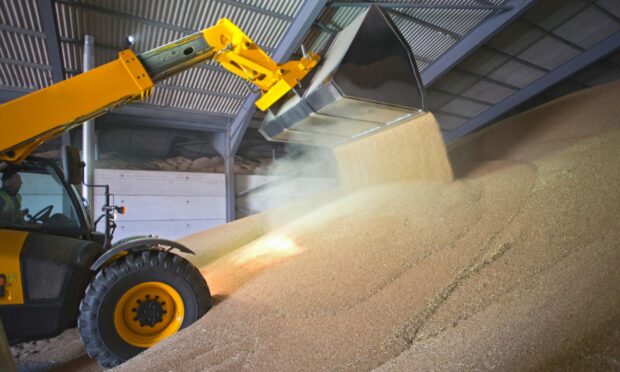Many tenants and landlords have used the amnesty on tenants’ improvements to update and agree a list of tenants’ improvements eligible for compensation at waygo.
This has been a very useful exercise, which will make the waygo process more straightforward.
But it is also one that has exposed one of the problems I frequently come across – and that is the failure to make a written record of discussions held and agreements made when landlords and tenants, or their agents, meet to discuss some aspect of the landlord/tenant relationship.
It’s easy to see how this happens.
The landlord and tenant have a good relationship, they meet on the farm, the tenants asks if it’s OK if he/she builds a shed, the landlord says that’s fine, and off they go.
It might be several decades before the question of compensation for that shed becomes an issue, and by that time it’s likely that any (or all) of the tenant, landlord, or agents have changed and there is no collective memory of what was agreed in the past.
In such circumstances, the landlord may be unwilling to accept that the shed has been properly consented, and is therefore unwilling to accept it as qualifying as a tenant’s improvement eligible for compensation.
The same problem of lack of a written record can occur during discussions over rent, repairs and maintenance, or indeed on any occasion when there are discussions over any aspect of the landlord/tenant relationship.
A recent case involved a tenant who said that he had only agreed to a significant rent increase because he believed that the landlord had agreed to install a new slurry store, but in the absence of any written confirmation there was no way to substantiate that belief.
This is an easy problem to avoid.
At the conclusion of any such meeting, the parties should summarise what has been discussed, and what has been agreed, and should agree which party will produce a brief written record of the meeting.
Once the other party has signified their agreement to that record, both parties have on file a clear record of what has been agreed.
In the majority of cases there is no need for this to be a formal legal agreement; an exchange of emails will generally be enough to ensure that the wishes and intentions of both parties are recoded for posterity.
However, as always, tenants and landlords are advised to take legal advice specific to their own circumstances, and particularly if a significant change to the responsibilities and obligations of either party is being proposed.
The importance of providing accurate information also applies to tenants considering taking advantage of the new relinquishment and assignation provisions, which enable a tenant with a 1991 Act tenancy to offer to sell it back to the landlord or – if the landlord opts not to buy it – to sell it on the open market (subject to the landlord’s ability to object to the proposed assignee).
The legislation sets a limit on the time that is allowed for the Tenant Farming Commissioner to appoint a valuer and for the valuer to complete the valuation.
Unless the tenant provides a full picture of what is to be valued, including a list of tenant’s improvements that has been agreed with the landlord, the valuer may find it difficult to complete the valuation within the time allowed – and there is no provision in the legislation to deal with the situation where this happens.
To encourage tenants to avoid this problem, I have provided guidance on the information that should accompany a notice of intention to relinquish.
This will be published on the Scottish Land Commission website shortly at landcommission.gov.scot
- Bob McIntosh is Scotland’s Tenant Farming Commissioner.


